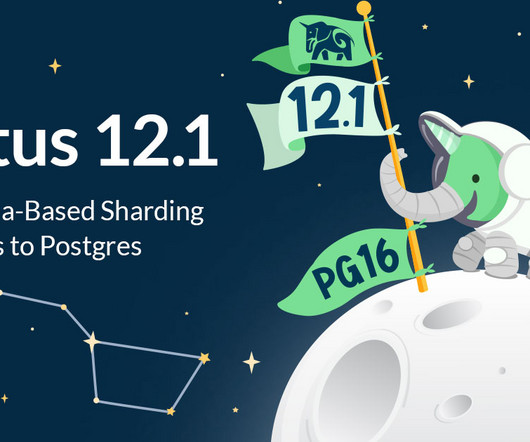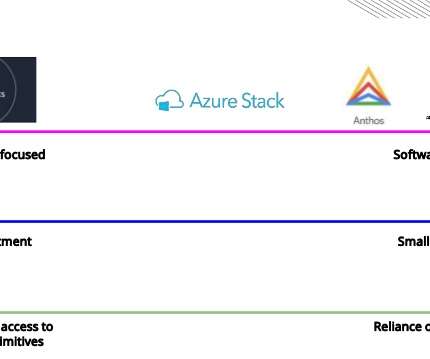AI-Driven API and Microservice Architecture Design for Cloud
Dzone - DevOps
MARCH 18, 2024
Incorporating AI into API and microservice architecture design for the Cloud can bring numerous benefits. Automated scaling : AI can monitor usage patterns and automatically scale microservices to meet varying demands, ensuring efficient resource utilization and cost-effectiveness.



















Let's personalize your content